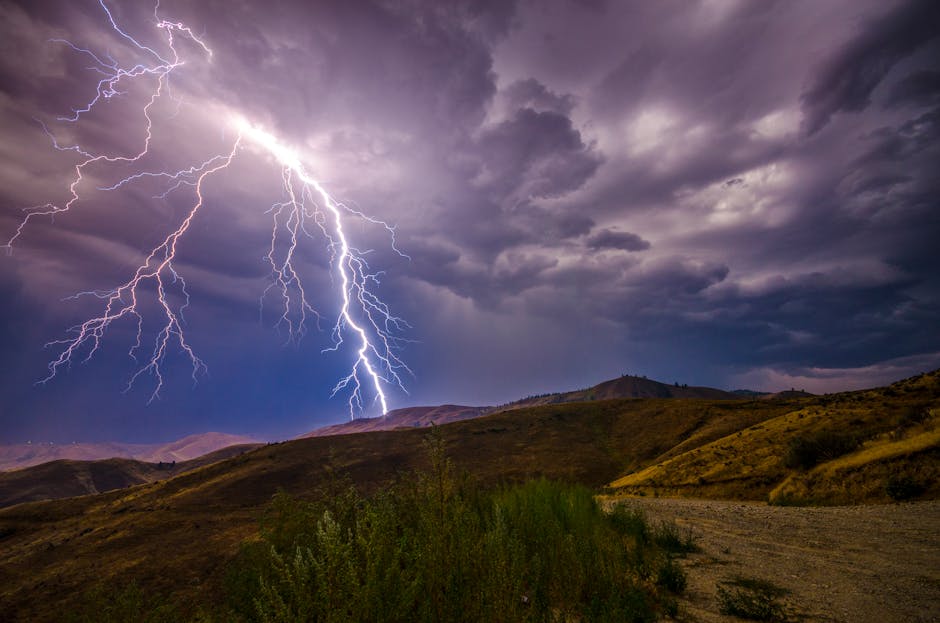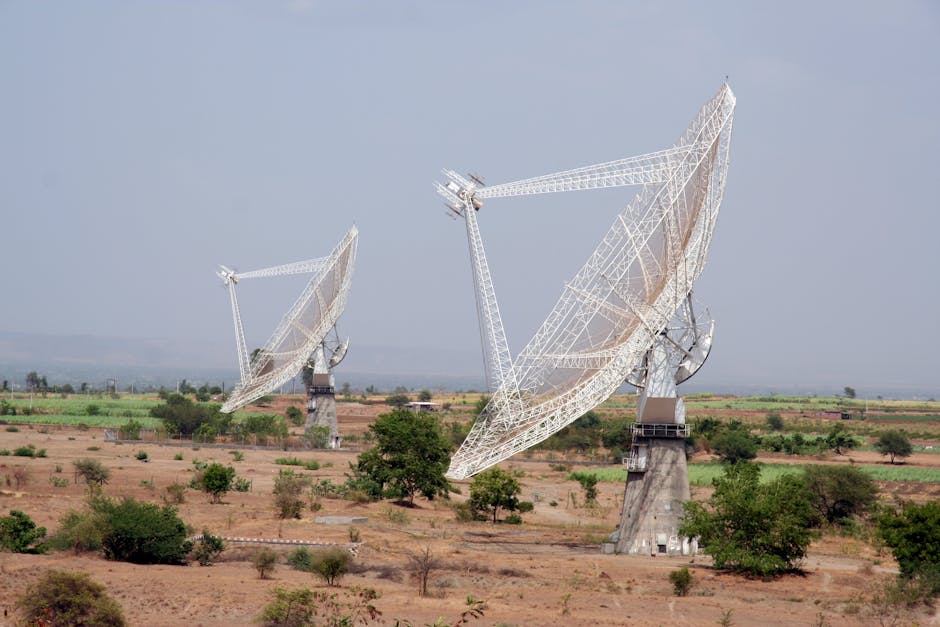As Tropical Storm Melissa approaches Jamaica, officials warn that its powerful winds may become far more destructive in the island’s mountainous regions. While coastal areas face flooding and storm surges, the highlands—including the Blue Mountains and Cockpit Country—could experience wind speeds 20-30% stronger due to orographic lifting, posing severe risks to lives and livelihoods.
Why Jamaica’s Mountains Face Greater Danger
Jamaica’s steep terrain amplifies tropical storm winds, a phenomenon confirmed by the Meteorological Service of Jamaica. Dr. Sylvia McGregor, a climatologist at the University of the West Indies, explains: “Winds forced over mountains accelerate dramatically. Combined with saturated soils from rain, landslides become a deadly secondary threat.”
At-Risk Communities and Agriculture
Parishes like Portland, St. Andrew, and St. Thomas house vulnerable hillside villages where narrow roads and weak infrastructure heighten risks. Coffee farmer Dwight Thompson fears devastation: “One storm can destroy months of work. Winds shred crops, and landslides bury the rest.”
Critical Infrastructure Under Threat
Mountain roads, bridges, and utilities are highly susceptible. Omar Robinson of the Jamaica Public Service Company notes, “Downed power poles in remote areas take weeks to repair due to terrain challenges.”
Emergency Measures Underway
The Jamaican government has:
– Activated evacuation protocols for high-risk zones.
– Prepositioned supplies in mountainous areas.
– Relied on radio broadcasts to reach communities with spotty internet.
Prime Minister Andrew Holness urged immediate action: “Do not wait—leave landslide-prone areas now.”
Monitoring Melissa’s Path
With the storm’s trajectory still uncertain, disaster teams remain on high alert. The mountains will likely endure the worst impacts, testing Jamaica’s preparedness.
Follow live updates on NextMinuteNews. #MelissaJamaica #StormAlert




